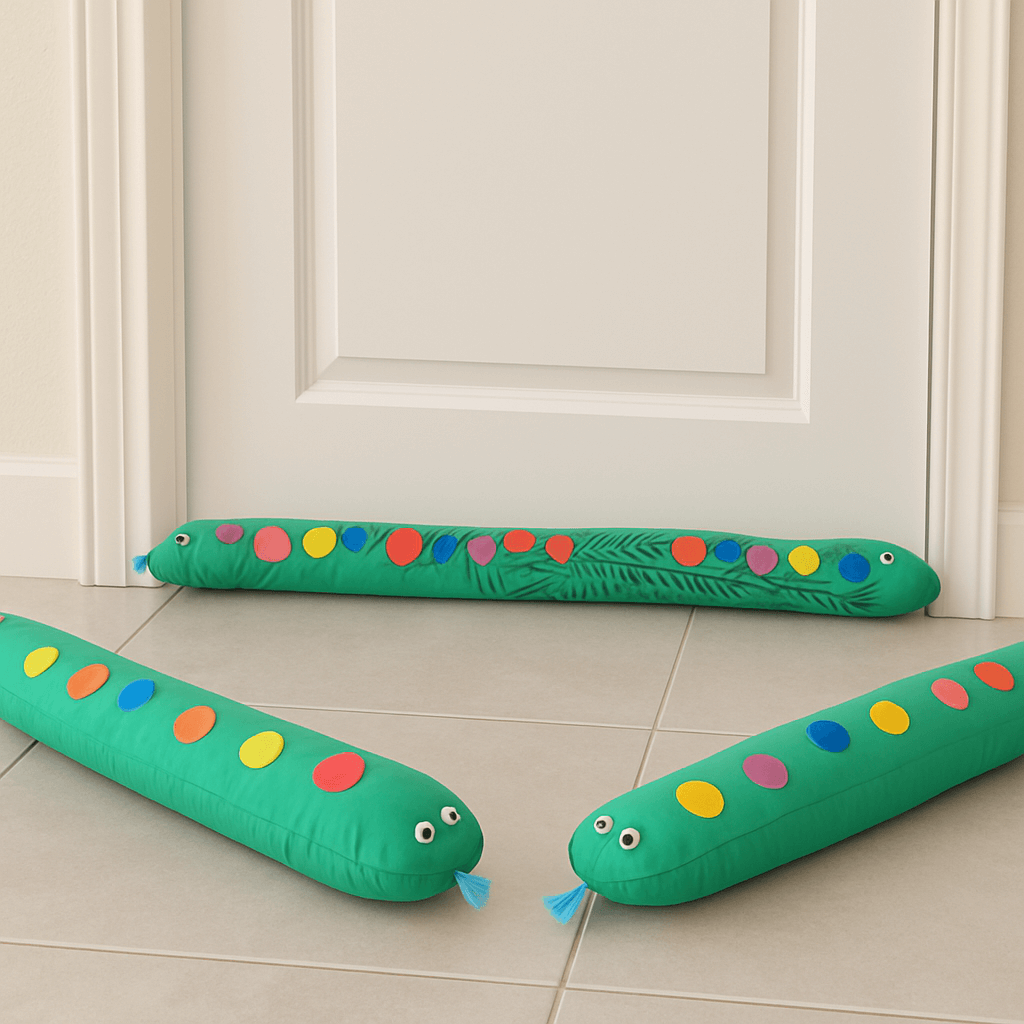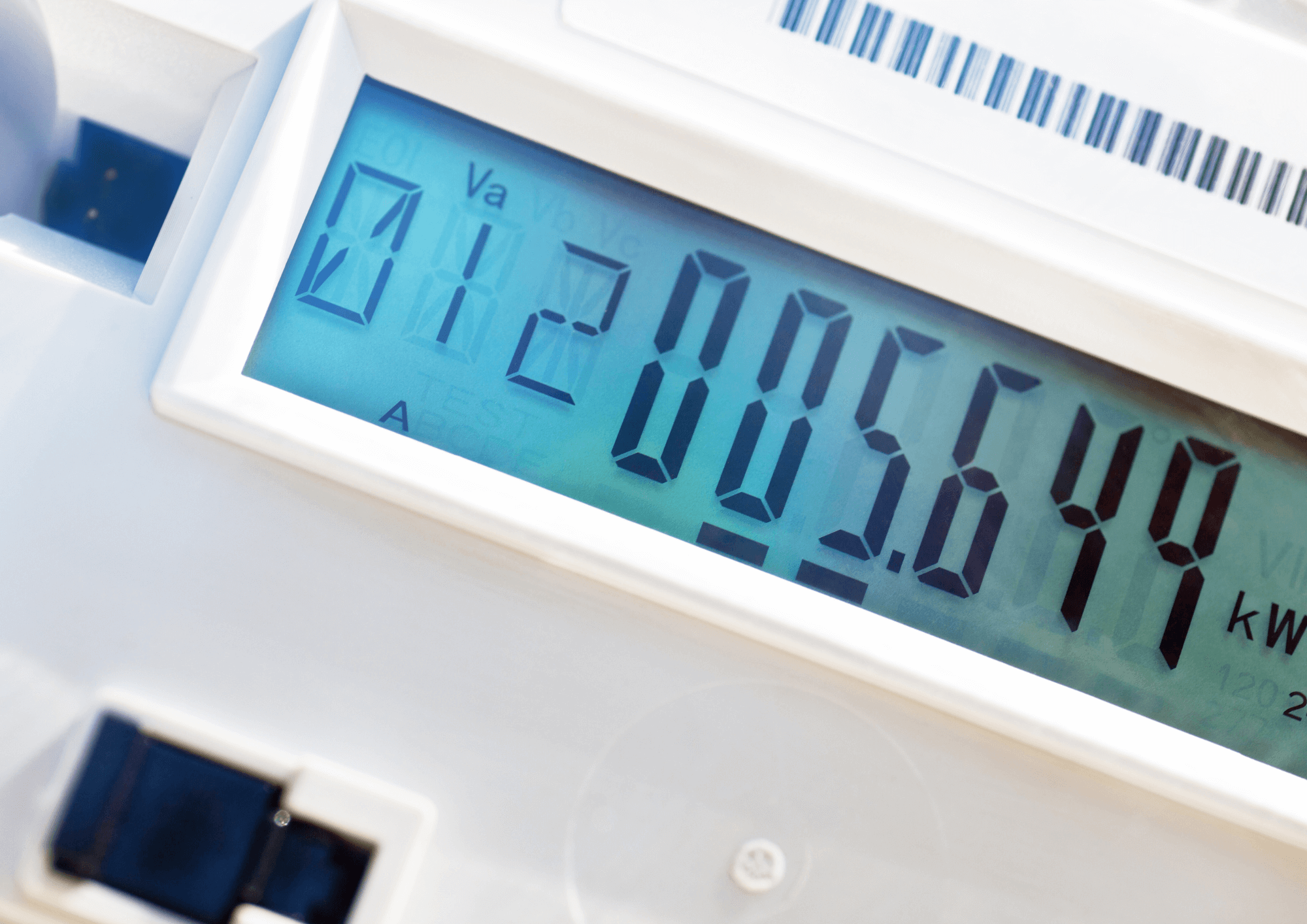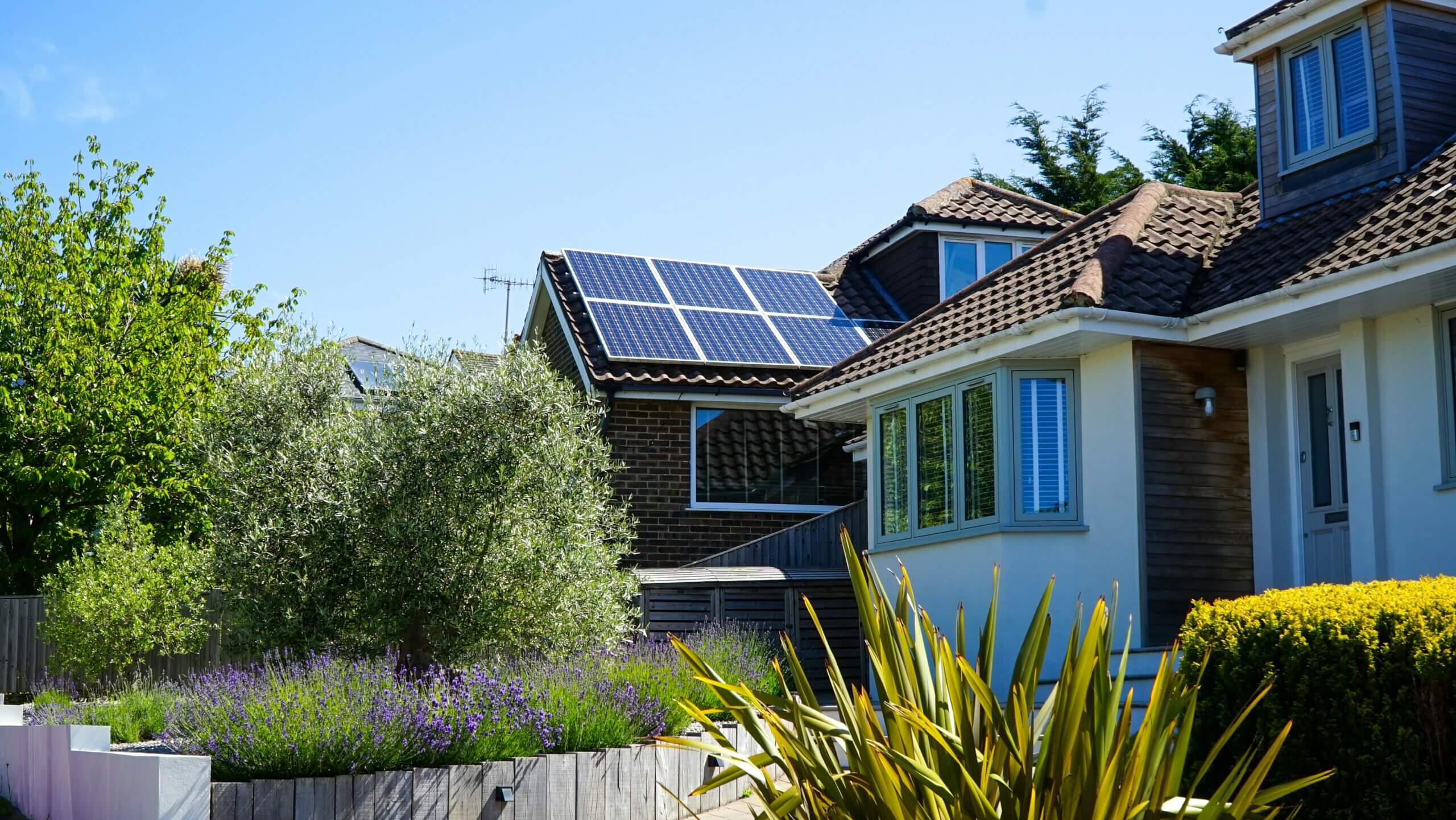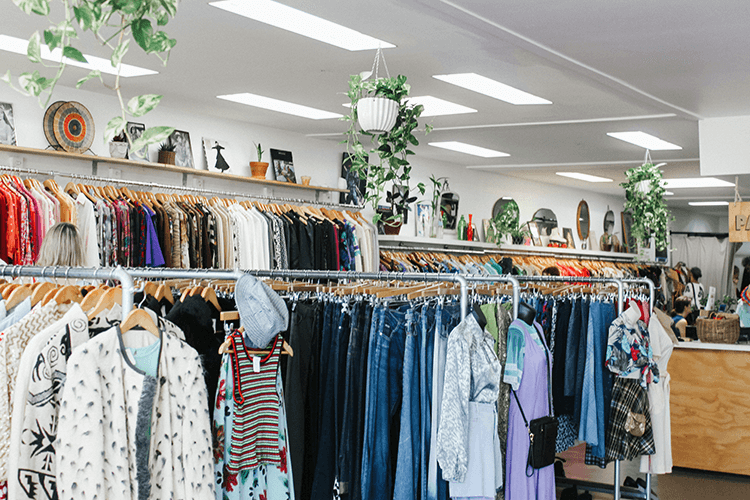REDUCE EMISSIONS
WANT TO REDUCE YOUR CARBON EMISSIONS WHILE LIVING ALONE? HERE’S HOW.
Halving your carbon footprint can sound like an overwhelming task. Thankfully, the Brisbane Carbon Challenge is helping households all over Brisbane do precisely this. Using the emissions calculator with tips and advice, households can work through actions to halve their carbon emissions from home energy use, transport and waste.
While the average Brisbane household carbon footprint is 11.55 tonnes annually, all households have their unique challenges when it comes to reducing their emissions. With more people in the home, we know that families have many ways to reduce their carbon emissions, but what about single-person households? We spoke to some of the Brisbane Carbon Challenge champion households who live alone about their experiences reducing their emissions.
David Sawers, lives by himself in Geebung. David knows that one of the benefits of living alone is that he’s in complete control over his emissions, noting that “for a single [person household] it would be easier to handle the day to day challenges as the goal is fully dependant on my actions“. However, living alone can bring its own challenges.
“I often consider the addition of solar to my home… However, when I consider cost versus the current impact of power usage in my home and the return-on-investment… I can’t seem to make it stack up.”
– David Sawers
While solar might not stack up for David, he has just switched to GreenPower. By replacing his standard electricity consumption with renewable energy, David is lowering his household carbon emissions from 9.12 tonnes annually to 6.97 tonnes.

Both David and Eliza Hawken, who is another single-person household resident living in Chermside, have found a lot of success reducing their emissions from waste. Eliza knows that by living alone, “it is easier to stop food waste“, as she only buys groceries for herself and her cats.
For David Sawers, developing sustainable habits is an excellent way to lower emissions as an individual. “I have made it a part of my everyday and it is easily achievable. My actual waste has been reduced significantly, purely by being aware of my actions…, I am now more vigilant in purchasing products that are more sustainable and am often picking products with less packaging, for example.” However, David notes that it can still be hard to live sustainably, despite being a single house.
“Transport has been a hard one as I am always reliant on travelling and the motivation to be more active during day-to-day tasks is overlooked.” David lives in Brisbane and works on the Gold Coast, so circumstances can make reducing transport carbon emissions challenging.

Eliza Hawken has managed to live in Brisbane without a car since 2019. She knows exactly how to move for less, relying heavily on public transport.
“Consider where you live and your access to public transport. Planning is key, use the [translink] journey planner app and prepare to factor in travel time.”
– Eliza Hawken
By eliminating her car emissions, Eliza’s emissions from transport are only 1.1 tonnes annually, compared to the Brisbane average of 5.54 tonnes.

Do you want to put yourself to the test like David and Eliza? By taking the Brisbane Carbon Challenge you can calculate your household carbon footprint and get tips to help lower your emissions from home energy use, transport and waste. You can also access tips and a comprehensive list of carbon-reducing actions to help you halve your carbon emissions. Visit the site and take the challenge today!
The author

Sam Mullen
Sam is a sustainability specialist at Brisbane Sustainability Agency and enjoys helping residents and community groups understand and reduce their climate impact while also promoting a circular economy.








